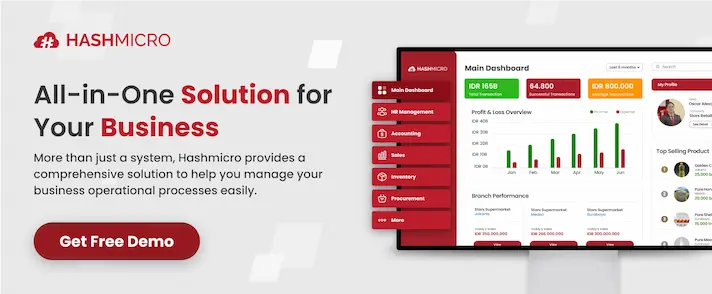Order to Cash (O2C) is the process that manages everything from receiving a customer order to collecting payment. Many companies struggle with it due to manual data entry errors, slow invoicing, and disconnected systems that disrupt cash flow.
By 2025, the global finance and accounting outsourcing market is projected to reach $55 billion, driven by cost savings of up to 60% and access to specialized expertise. Businesses increasingly outsource functions like bookkeeping and payroll to boost efficiency.
HashMicro Accounting System provides a complete solution by automating key O2C steps. From invoice generation to accounts receivable tracking, it reduces errors, speeds up processing, and gives real-time visibility into financial performance.
In this article, we’ll dive deeper into the O2C process, explore common challenges, and explain how automation can help businesses streamline operations and boost cash flow.
Key Takeaways
|
What is Order to Cash Process (O2C)?
Order to Cash (O2C) is a business process that covers everything from receiving a customer order to collecting payment. It ensures smooth revenue flow by coordinating orders, invoicing, and cash collection efficiently.
The O2C process typically starts with order management, where customer orders are recorded and verified. It continues with credit management, order fulfilment process, and delivery, ensuring that products or services reach customers on time and as agreed.
After delivery, the process moves to invoicing and payment collection. Accurate invoicing, timely reminders, and reconciliation are crucial for minimizing errors and delays, enabling businesses to maintain a healthy cash flow and ensure customer satisfaction.
Why is the Order to Cash Process Important?
The Order to Cash (O2C) process is crucial because it directly impacts a company’s cash flow and financial stability. Efficient O2C ensures that revenue is collected on time, reducing the risk of late payments and bad debts.
A well-managed O2C process also improves customer satisfaction. By processing orders accurately, delivering on time, and providing clear invoices, businesses build trust and loyalty with their clients.
Moreover, streamlining O2C allows companies to gain better visibility into their revenue cycle. This insight helps management make informed decisions, forecast cash flow, and optimize operational efficiency.
What Are the Key Steps in the Order to Cash Process?
The Order to Cash (O2C) process covers all activities from receiving a customer order to collecting payment. Proper management of each step ensures smooth cash flow, fewer errors, and better customer satisfaction. Below, we’ll outline the key steps:
1. Order management
This is the first stage where a customer order is recorded and verified. It involves checking product availability, confirming order details, and ensuring that all necessary information is accurately captured.
Effective order management helps prevent delays, reduces errors, and sets the stage for the subsequent steps in the O2C process.
Through effective sales order management, businesses can streamline order entry, reduce processing delays, and ensure accurate information flows seamlessly into the accounting system.
2. Credit management
Before an order is processed, the customer’s creditworthiness is evaluated. This step minimizes financial risk by ensuring that customers can meet their payment obligations. Proper credit management protects the business from potential defaults and helps maintain healthy cash flow.
3. Fulfilment
Once the order is approved, fulfilment begins. This step involves picking the products from inventory, preparing them for shipment, and ensuring that the order is complete. Accurate fulfilment is essential to prevent mistakes, avoid returns, and maintain customer satisfaction.
4. Shipping
Shipping ensures that products are delivered to customers on time and in good condition. It includes selecting the appropriate delivery method, tracking the shipment, and confirming receipt. Timely and reliable shipping strengthens customer trust and reduces disputes related to delivery issues.
5. Invoicing
After delivery, invoices are generated and sent to the customer. Invoicing must be accurate, reflecting the exact order details and agreed-upon terms. Clear and precise invoicing helps prevent confusion, accelerates payment, and supports transparent financial records.
6. Accounts Receivable (AR)
This stage involves recording incoming payments and monitoring outstanding invoices. Effective AR management ensures that all payments are tracked, discrepancies are addressed quickly, and cash flow remains predictable and reliable.
7. Payment collections
Payment collections cover the actual receipt of funds from customers through bank transfers, credit cards, or other digital payment methods. Efficient collection processes reduce delays, minimize bad debts, and ensure that the business has the resources to operate smoothly.
8. Data management and reporting
The final step focuses on reconciling payments, maintaining accurate records, and analyzing O2C performance. Comprehensive reporting allows companies to identify bottlenecks, optimize processes, and make data-driven decisions that improve efficiency and revenue visibility.
Each step in the O2C process is interconnected, and improving any stage primarily through automation can significantly enhance overall efficiency, accuracy, and financial performance.
Challenges to the Order to Cash (O2C) Process
The Order to Cash (O2C) process is essential for smooth business operations, but companies often face challenges that can slow cash flow and affect customer satisfaction.
1. Manual data entry and errors
Relying on manual input increases the risk of mistakes such as wrong order details, incorrect pricing, or missing invoice information. These errors can delay fulfillment, cause billing disputes, and require additional effort to correct.
2. Disconnected systems
Using separate systems for sales, inventory, invoicing, and accounting creates data silos. This makes it difficult to share information between departments, slows down processes, and increases the likelihood of miscommunication.
3. Delayed invoicing and collections
Inefficient invoicing or delayed payment collection can negatively impact cash flow. Late payments increase the risk of bad debts and make it harder to forecast revenue accurately, affecting overall financial planning.
4. Limited visibility and reporting
Without precise tracking and comprehensive reporting, companies struggle to monitor O2C performance. Lack of visibility makes it harder to identify bottlenecks, recurring issues, or areas for improvement, limiting operational efficiency.
Order to Cash Best Practices
Optimizing the Order to Cash (O2C) process is essential for improving cash flow, reducing errors, and enhancing customer satisfaction. Implementing the following best practices can help streamline your O2C cycle:
1. Establish standards
Define clear policies and procedures for each step in the O2C process. Standardization ensures consistency, reduces errors, and facilitates training and compliance.
2. Use technology
Leverage automation to replace repetitive tasks such as data entry, invoicing, and payment reminders. HashMicro Accounting System integrates sales, inventory, and finance into one platform, ensuring real-time data accuracy and seamless collaboration across departments.
3. Optimize data
Segregate clean and disputed receivables to focus efforts where they are most needed. Clean receivables are due today and have no issues, while disputed ones require attention to resolve.
4. Regularly monitor and analyze
Continuously track key performance indicators (KPIs) like Days Sales Outstanding (DSO) and order accuracy. Regular analysis helps identify bottlenecks, measure performance, and make data-driven decisions to improve the O2C process.
Conclusion
The Order to Cash (O2C) process is more than just handling customer orders. It is the foundation that connects sales, finance, and customer service. By managing each step effectively, businesses can secure stable cash flow, minimize errors, and deliver a better customer experience.
Its importance cannot be overstated: a well-structured O2C cycle ensures financial health, supports growth, and builds stronger client relationships. On the other hand, inefficiencies in the process can cause revenue delays, operational bottlenecks, and customer dissatisfaction.
To overcome these challenges, businesses need the right technology. HashMicro Accounting System helps by automating invoicing, accounts receivable, and payment tracking, while integrating with sales and inventory to provide complete visibility across the O2C cycle.
Ready to transform your Order to Cash process? Book a free demo with HashMicro today and see how automation can streamline your operations from order creation to payment collection.
FAQ About Order to Cash (O2C)
-
What is P2P and O2C?
Properly managing business processes is crucial for an organization’s efficiency and success. Among these, Order to Cash (O2C) and Procure to Pay (P2P) are two key processes that significantly impact a company’s overall operations.
-
What is O2C journal entry?
At a broad level, Order to Cash (also known as O2C or OTC) refers to the process of handling customer orders, applying payments to invoices, and reconciling those payments with the cash received in a company’s bank account.
-
Is O2C account receivable?
No, O2C covers the complete workflow from order receipt to payment collection, whereas accounts receivable is only a part of it, primarily concerned with monitoring and managing incoming payments.



















































